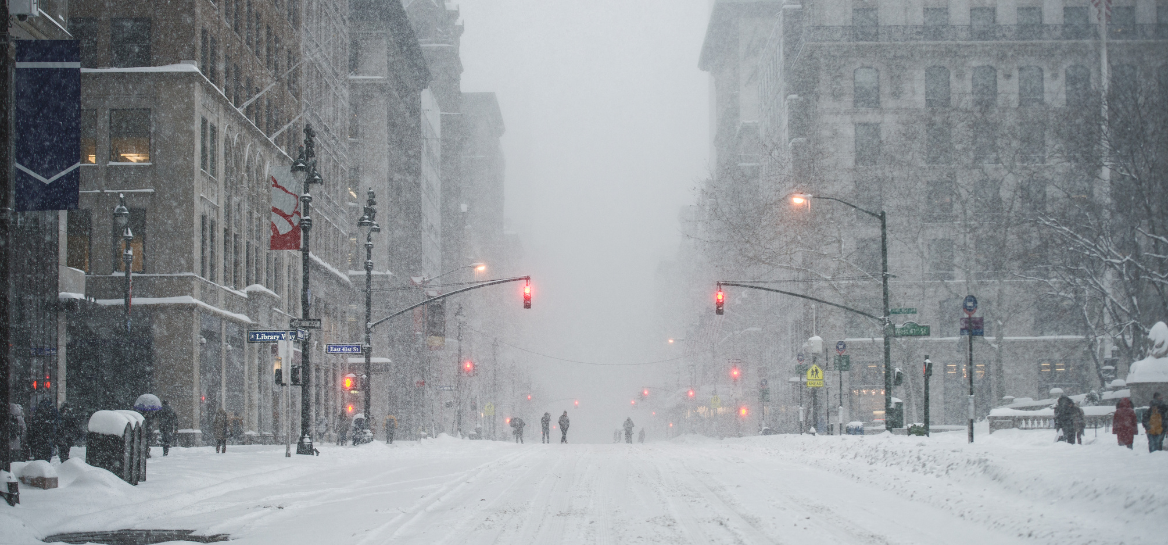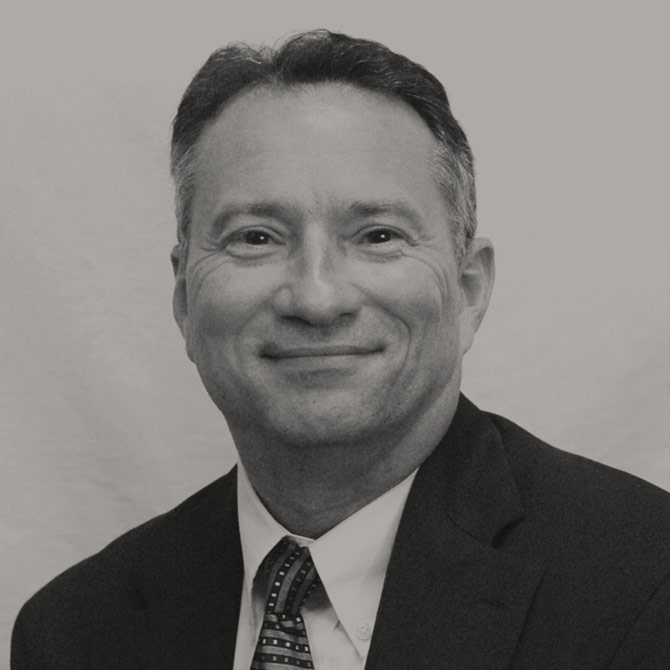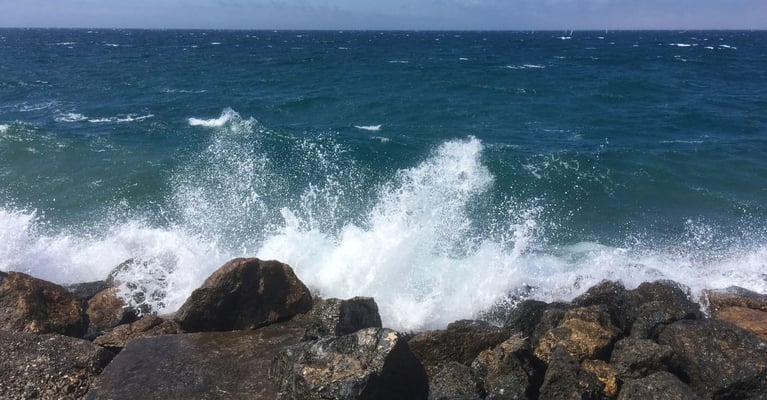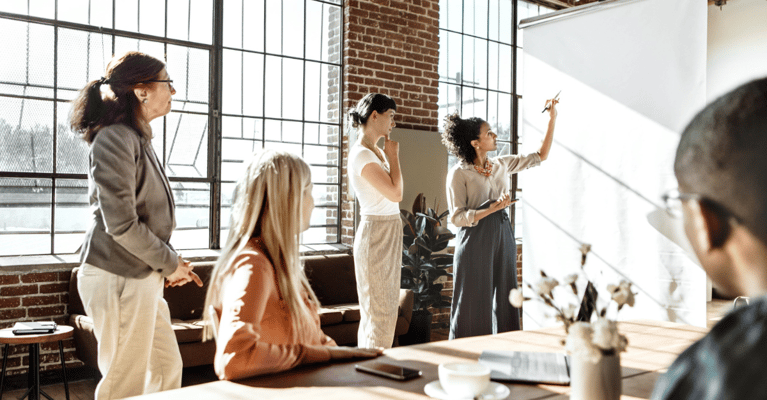Climate Change Adaptation, Up Close and Personal

“Once in a generation” weather events are slowly becoming the norm. I was a survivor of the deadly Buffalo Blizzard of 2022, the “once in a generation” event that lived up to that expectation. As someone in the environmental, health, and safety, and now sustainability field for 40 years, I observed this phenomenon from a different perspective, which I will share with you.
Meet Brian: Brian Senefelder Brings Depth of Knowledge to Sustainability Practice
Are you prepared? Climate change is perhaps the most complex challenge today involving science, economics, society, politics, moral, and ethical issues on a global and localized basis. Impacts from global warming and climate change may be around for thousands of years affecting future generations even if we stopped emitting all greenhouse gases today. Thus, the urgent need for adaptation and mitigation. I want to share a personal view of what I’ve experienced with climate change-related events. But first, what is adaptation?
What is climate adaptation?
The best definition comes from NASA, which defines adaptation as “adapting to life in a changing climate–involves adjusting to actual or expected future climate. The goal is to reduce our risks from the harmful effects of climate change (like sea-level rise, more intense extreme weather events, or food insecurity). It also includes making the most of any potential beneficial opportunities associated with climate change (for example, longer growing seasons or increased yields in some regions).”
As the climate changes, adaptation is necessary and the faster it happens, the more difficult it will be, especially for local communities where impacts can be more acute. I’ve witnessed this firsthand.
Experiencing first-hand climate change
Here in Western New York where I have lived my entire lifetime, we do have winter of course, and the area has been the brunt of many jokes about the amount of snow we get. Well, I can tell you, the winters are certainly milder than they were when I was growing up, and scientists are confident that this is likely a result of warming from climate change. However, we have also experienced two deadly major blizzards that perhaps portend what may lie ahead. This isn’t a joke.
The first blizzard I went through was the Blizzard of ’77. The blizzard of 1977 hit Western New York and Southern Ontario from January 28 to February 1. Daily peak wind gusts were up to 69 miles per hour, with snowfall as high as 100 inches and the high winds blew this into drifts of 30 to 40 feet. This deadly event was found to be related to a shift in the polar vortex moving into southern Canada and Western New York.
Over this past Christmas holiday, my family and I were among the survivors of a Buffalo blizzard with snow, extreme winds, and bitter temperatures. This resulted in power outages, driving bans for a week, and cutting off residents from emergency services at the storm’s peak. Although the New York National Guard including military police moved to Buffalo to help with recovery efforts, many residents were left to fend for themselves and their communities.
Be Prepared: a life-saving motto
Today, meteorologists have much more sophisticated modeling tools to help predict and understand these weather conditions compared to that available in 1977. The shifting of the polar vortex again was a factor in generating the conditions for this latest storm.
Fortunately, my family and I were prepared. Years ago, when my two sons were in the Boy Scouts, we went through formalized survival training for winter camping in tents called the Klondike Camp Out. In 1907, Baden-Powell, an English soldier, devised the Scout motto: Be Prepared and published it in Scouting for Boys in 1908. He wrote that to Be Prepared means “you are always in a state of readiness in mind and body to do your duty.”
We had plenty of food, an emergency backup generator that we would run intermittently to maintain critical services, battery-powered lights, candles, a wood stove that kept us warm and we were able to cook on, and proper winter clothing. And good equipment to be able to dig out of the snow after the blizzard.
Of course, there are other examples of climate change-related events that we are seeing such as wildfires in California and extreme drought conditions in places like Africa where I volunteer with a vulnerable children’s Trust.
Adaptation in action
As I shared earlier, I have been in the field for 40 years, and hopefully, have made a positive impact not just during my lifetime, but for future generations. Upon reflection on these events, I have been asking myself Why are we finding ourselves in these life-threatening situations?
I think it is a failure to not adequately prepare to adapt for these changing conditions and events. Adaptation cannot be reactive. The time to act is now. Adaptation associated with climate change is a given. We can’t go back. And it will fall onto the shoulders of our children, their children, and beyond.
While I encourage each person to take action, it’s important to note CSR efforts of major companies are making a huge impact on climate change. For example, the Microsoft Sustainability Report breaks down how they work towards progress, overcoming challenges, and accelerating global progress towards net zero. All businesses can look at this as an exemplar of corporate responsibility. I’m proud to work for a company whose services create exponential positive change for future generations.
Businesses, organizations, and communities of all sizes can make a difference. One encouraging action being taken locally because of this recent Christmas blizzard is that the New York University’s Robert F. Wagner Graduate School of Public Service will review the storm preparation, response, and recovery to outline best practices for Buffalo and other major cities to respond to future extreme winter snowstorms.
So, as we face the future living with the inevitable impacts of climate change, we hope for the best and prepare for the worst…. as Marvin Gaye sang, “Whoa, oh, mercy, mercy me. Ah, things ain’t what they used to be…”
Are you prepared?
KEEP READING: See what inspires other Bridge Partners colleagues about sustainability
Learn how other companies are driving their sustainability goals forward
- Building and Scaling a Sustainable Supplier Engagement Program
- PMO Infrastructure for Driving Change and Scaling Sustainability
READY TO MAKE AN IMPACT THROUGH YOUR CAREER?
Bridge Partners delivers real results for the world’s largest tech and cloud companies — but our work starts with a commitment to each other and our communities. Our flexible, people-centered modern workplace attracts purpose-driven professionals looking for work that integrates with their lives while making a recognizable impact for top-tier clients. As a respected collaborator in the tech industry for 15 years, we win by developing consultants who care — about our work, our clients, our communities, and each other. Whether we’re meeting in person or across time zones, people make our workplace. And our workplace helps make our work better.
Learn more about what it’s like to work at Bridge Partners at our Careers page and follow us on LinkedIn for the latest company news.
About the author



